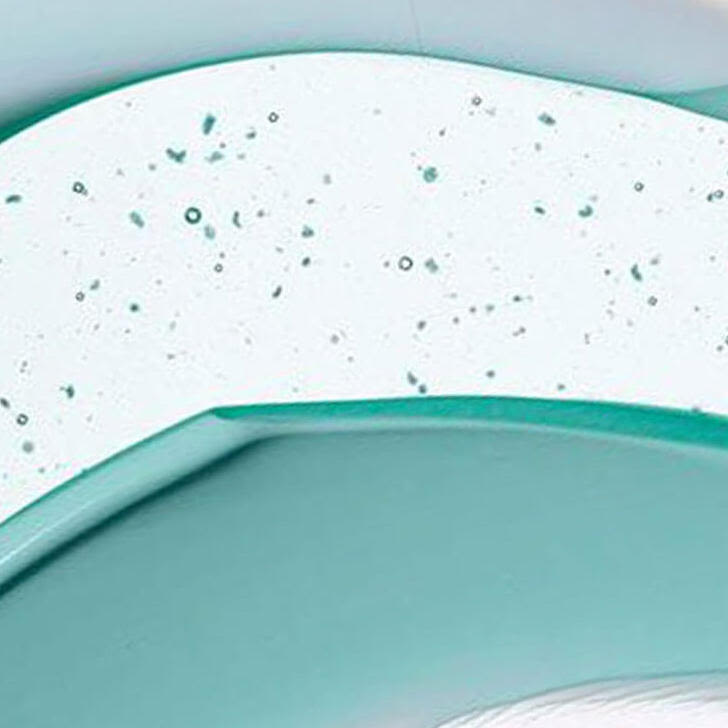In July of 2018 Hawaii became the first state to and distribution of sunscreens containing chemicals that harm coral reefs. Florida’s Key West is following suit, with officials also banning the sale of these sunscreens. Both laws go into effect in 2021. We know ocean swimmers and snorkelers want to do their part to protect the reefs, so what do you need to know before your next vacation? Read on!
Protecting your skin, but not protecting the reef
Oxybenzone and octinoxate are two ingredients common in over-the-counter sunscreens. They are chemical sunscreens which means they chemically react with UV radiation to protect your skin, rather than physically blocking UV rays. Unfortunately, recent research shows in particular to be harmful to young coral because the juvenile forms are much more sensitive to toxins than their adult counterparts. A also showed that sunscreens can contribute to coral bleaching by promoting viral infections in the coral. Scientists estimate that approximately (that’s 25-60 million bottles!) wash off beach goers and snorkelers into coral environments every year. That’s a huge problem for our oceans!
So, what can you do about it?
In no way are we stimatizing sunscreen, instead we encourage opting for hats, cover-ups in addition to applying reef-safe sunscreen when at the beach. The Oceanic Society offers these tips for keeping reef-harming chemicals out of our oceans:
- Cover up: Instead of relying solely on sunscreen as your main source of sun protection, opt for hats, long sleeves, rash guards, and wetsuits when you head to the beach. Limiting exposed skin will limit how much sunscreen you need to apply – but still be sure to apply the amount you need to stay protected!
- Choose a reef-safe sunscreen: Physical sunscreens, also called mineral or inorganic sunscreens, that are “non-nano” in size are considered safe for coral (note: physical sunblocks that have particles smaller than 100 nanometers can be ingested by coral). Physical sunscreens use zinc oxide or titanium dioxide, so look for those ingredients on the label!
Remember: protecting our oceans is not a reason to skimp on sunblock! The American Academy of Dermatology that sunscreen remains a safe and effective way to protect against sun damage, and thus, skin cancer. Ninety-five percent of melanoma cases are attributable to UV exposure and the death rate from melanoma is 30% higher in Hawaii than it is in the rest of the country. It is important to keep protecting yourself from this very real health risk while you take steps to help the environment.
It’s not just about labels
Before you head to the store to stock up on “reef-safe” sunscreens, it’s important to note that you the marketing on the outside of the bottle – it’s what’s inside that counts. The term “reef-safe” does not have an agreed upon definition and as such, it is not regulated by the federal government. Be sure to check the back of the bottle for the “non-nanotized” zinc oxide or titanium dioxide we mentioned earlier. Consumer Reports recommends Badger Active Unscented Cream SPF 30 and California Kids #Supersensitive Lotion SPF 30+ for their good performances in SPF testing. These mineral sunscreens have ingredients that will be less harmful to marine life than the ingredients in chemical sunscreens. The ocean thanks you!




